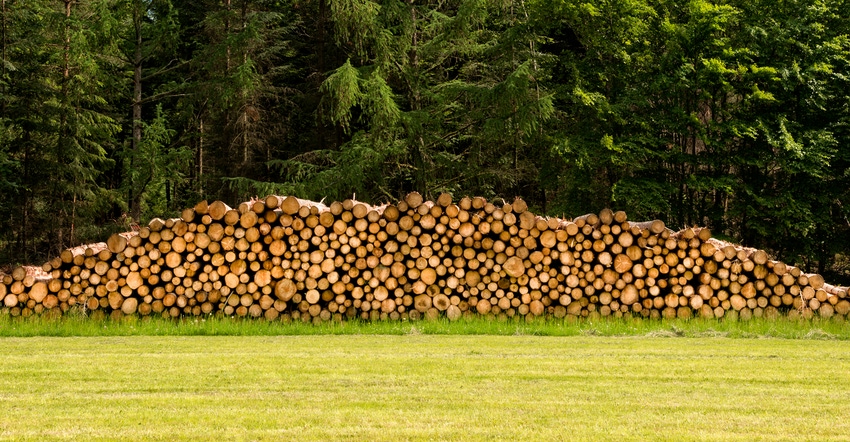February 22, 2022

Family forests provide many valuable goods and services that extend beyond their boundaries, including clean air and water, wildlife habitat, and carbon sequestration.
Although owners of forested land usually don’t get paid directly for those benefits, there are tax incentives that can be associated with management activities. Landowners often do not know that reforestation, timber sales, or loss because of disasters can affect their taxes. To help, Forest Service experts and their colleagues provide information about federal taxes through annual Timber Tax Tips.
“Tax provisions are among the few ways that state and federal government incentivizes maintenance and sound management of privately owned forests,” says Greg Frey, a research forester who co-wrote the tips and specializes in forest taxation, non-timber forest products and common property. “Tax Tips highlights relevant provisions in the tax law. Many of these are beneficial for family forest owners. But not all landowners — or foresters or even tax preparers — know about them or know how to use them.”
Frey says beneficial incentives allow most sales of standing timber to qualify for the lower capital gains tax rates, and a special deduction for reforestation expenditures. In both cases, and others, forest landowners and their advisers should be aware of the requirements and application to their situation.
Publication provides scenarios
The 2021 Timber Tax Tips publications help to provide that information. The publication also walks the user through calculation steps, such as this example on conservation-oriented, cost-sharing payments:
In 2019, Joe harvested 50 acres of timber on his investment property in Georgia and received $75,000 from the buyer. This was his only income from the property in the past three years. In 2021, he reforested the land at a cost of $12,500 and received a $5,000 cost-sharing payment from a qualified program.
His tax adviser used the Farm Credit System Bank interest rate for the area (5.25%) released by the IRS as the discount rate to calculate how much of the cost-sharing payment he could exclude from his 2021 gross income. A statement is attached to his tax return to describe the qualified cost-sharing program and the exclusion calculation. Joe can exclude the entire $5,000 of cost-sharing payment from his gross income:
Step 1. (10% of three-year average) = 10% × ($75,000 ÷ 3) = $2,500
Step 2. ($2.50 × number of affected acres) = $2.50 × 50 = $125
Step 3. $2,500 from Step 1 is the larger number; calculate $2,500 ÷ 5.25% = $47,619
Step 4. $47,619 is larger than $5,000. Joe can exclude the entire $5,000 of cost-sharing payment from his gross income.
Squashing confusion
The lead author is Yanshu Li, assistant professor of forest economics and taxation at the Warnell School of Forestry & Natural Resources at the University of Georgia. She says the publications answer a variety of issues that can confound landowners.
“The 2017 tax overhaul generated some confusion for landowners and their tax advisers about tax treatment of certain forest-related expenses, property taxes and casualty losses,” she explains. “Some forest landowners have also been wondering if they could take advantage of the new tax deduction for small businesses. Tax Tips addresses these issues.”
She adds, “Forest landowners who suffered timber losses from natural disaster in 2021 may recoup some of their losses by claiming federal income tax deductions.”
The key to taking advantage of tax incentives is advance planning. Timber Tax Tips can help explain the basics of how federal income taxes relate to forestry, but experts suggest landowners consider current or future income and costs related to their forestland and speak to a tax adviser about the implications.
In addition, individual states have property and income tax incentives, and landowners can speak to their tax adviser, local tax assessor or forester to learn about programs available in their state. Although the details vary, every state in the U.S. has a property tax program that lowers taxes for forest landowners.
Sosbe writes for USDA Office of Communication.
Source: USDA Forest Service, which is solely responsible for the information provided and is wholly owned by the source. Informa Business Media and all its subsidiaries are not responsible for any of the content contained in this information asset.
You May Also Like




